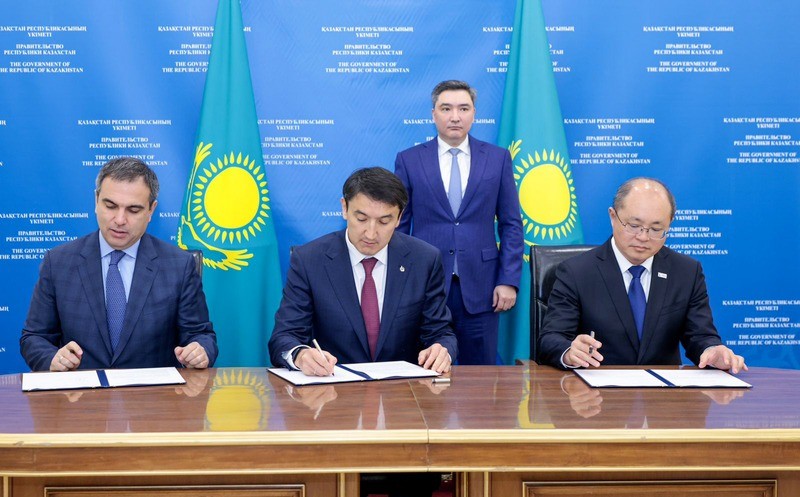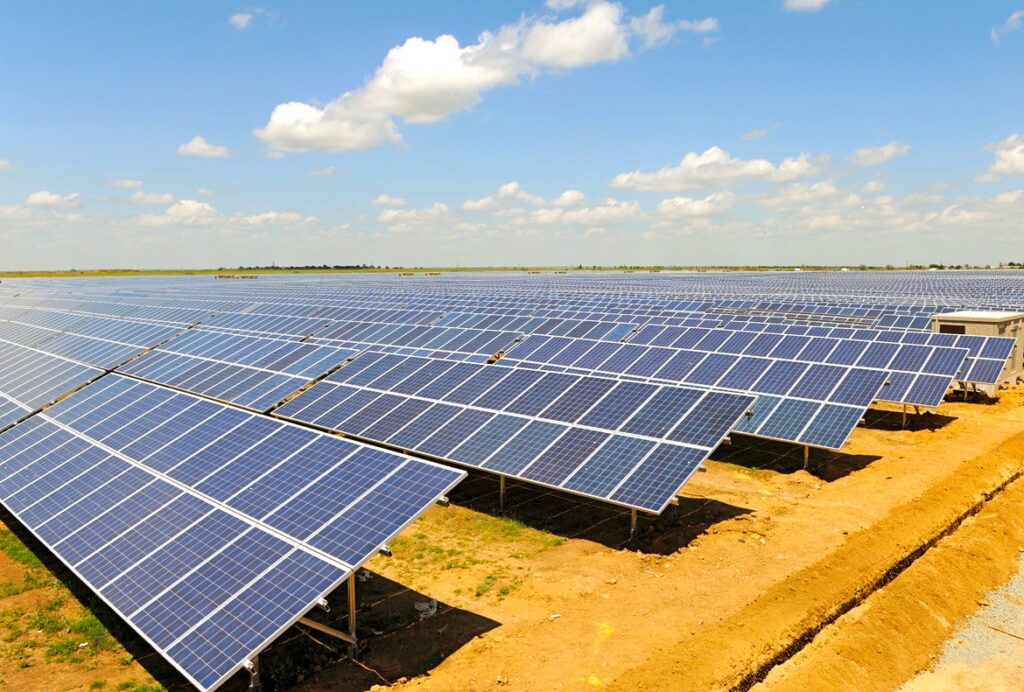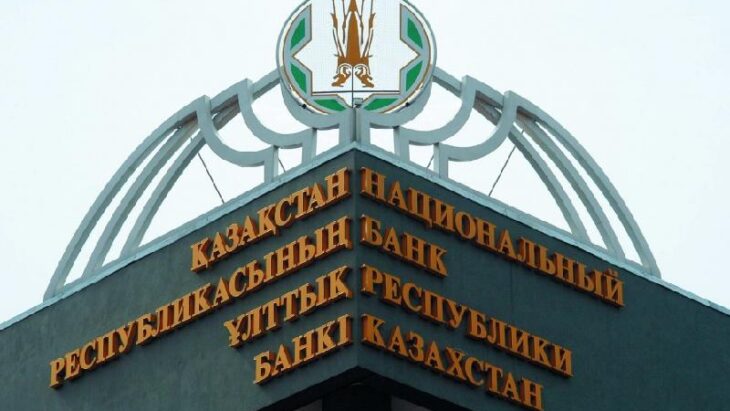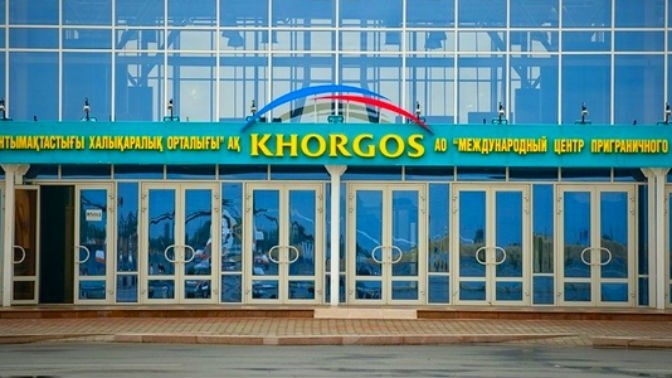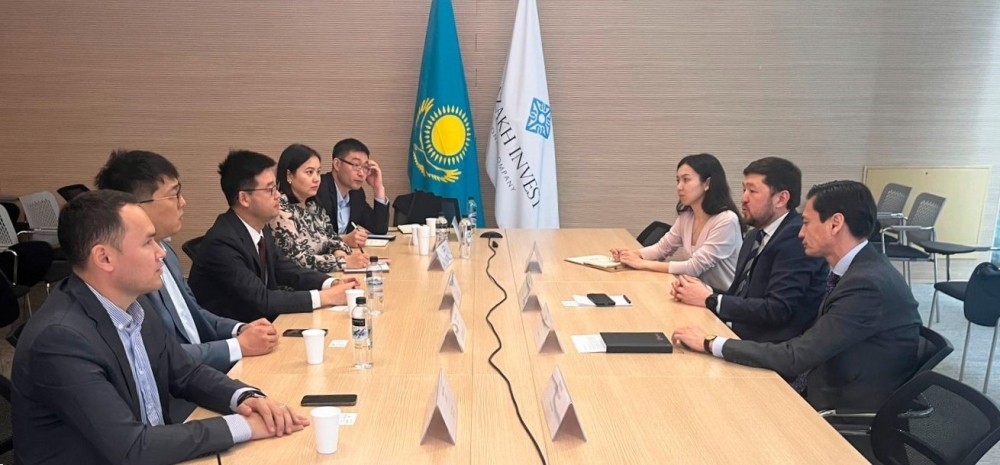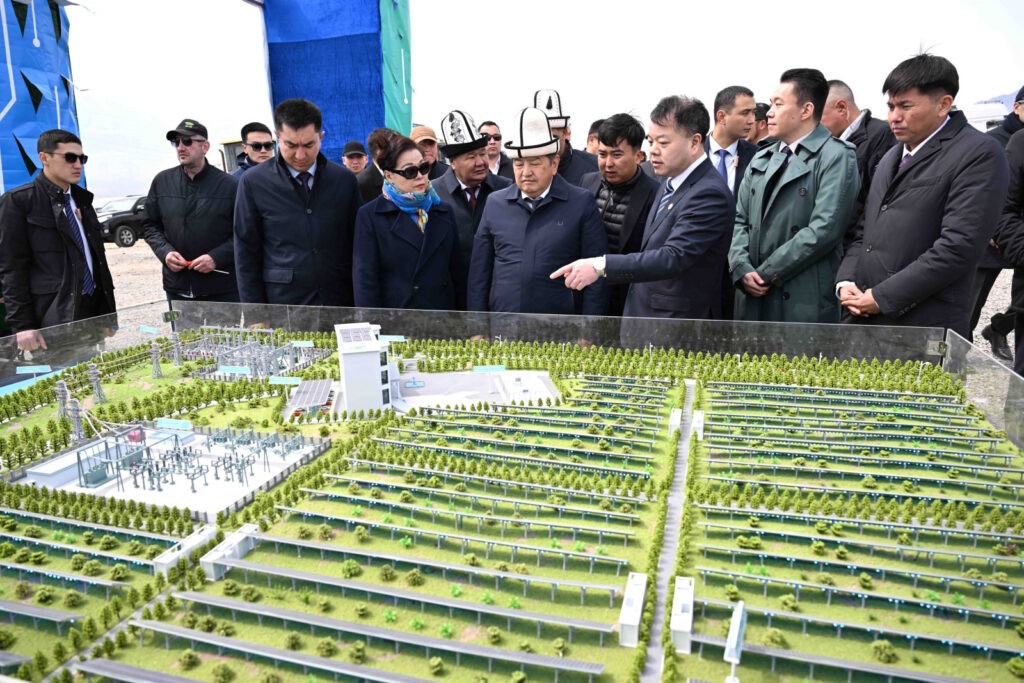Kazakh, Chinese and Russian Companies Unite on Polyethylene Production Plant
On April 19, a meeting was held between Magzum Mirzagaliyev, Chairman of the Board of KazMunayGas, Zhao Dong, President of the China Petrochemical Corporation (SINOPEC), and Mikhail Karisalov, Chairman of the Board of Russia’s SIBUR LLC. In the presence of the Prime Minister of Kazakhstan Olzhas Bektenov, the parties signed a tripartite protocol officially finalizing SINOPEC's entry into the joint construction of the first integrated gas chemical complex for polyethylene production in Kazakhstan’s Atyrau region. Costing around $7.7 billion, comprising investments of 40%, from KazMunayGas, 30% from SINOPEC 30%, and 30% from SIBUR, the plant will have the capacity to manufacture 1.25 million tons of polyethylene per year, equivalent to 1% of that produced globally. Speaking at the event, Bektenov emphasized the importance of the project due to its focus on the production of high value-added products. According to a report issued by his press office, a gas separation complex (GSC) will be built in Tengiz to supply ethane via pipeline to Karabatan in the Atyrau region to enable the new plant to produce 22 grades of polyethylene using Chevron, Phillips and Univation’s. licensed technology. The use of polyethylene is expansive ranging from medicines, prosthetics and syringes, to plastic wear-resistant pipes, construction materials, car parts, bulletproof vests and clothing for astronauts. It is also commonly employed in the food industry. Scheduled for completion by 2029, the plant’s target markets include Kazakhstan, CIS countries, China, Turkey, and Europe.


